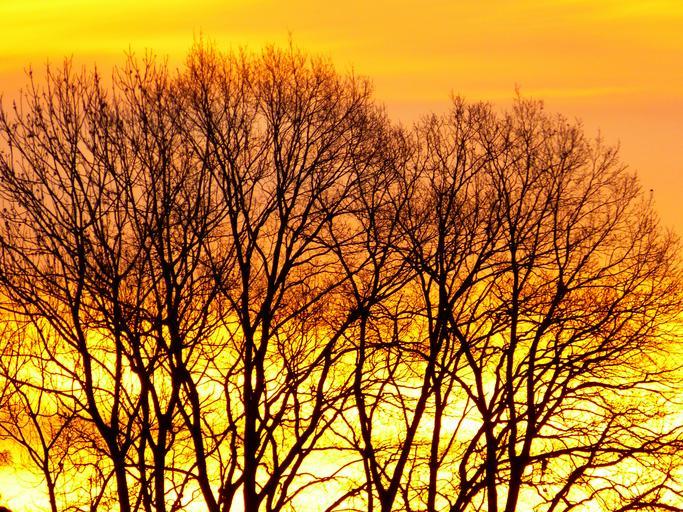Introduction
In our fast-paced world filled with diversions, discovering a sanctuary for reflection has actually become more crucial than ever. Creating Area for Reflection with Interior Decoration and Photography is not simply about looks; it's about curating an environment that fosters reflection and self-discovery. This short article looks into the detailed relationship between interior design and photography, highlighting how both can be harmoniously linked https://inspirevault616.bravesites.com/entries/general/Capturing-Essence-A-Guide-to-Aesthetic-Colorful-Portrait-Photography to develop spaces that welcome introspection.
The Essence of Reflection in Art and Design
What does reflection imply in the context of art and design?
Reflection is an ingrained principle that involves looking inward, taking a look at one's thoughts, feelings, and experiences. In art and style, reflection acts as a way of self-expression, enabling people to convey their identity through different mediums. By incorporating reflective aspects into interior areas, we can promote an environment conducive to personal growth.
Creating Area for Reflection with Interior Design and Photography
Understanding Visual Photography
What function does visual photography play in interior design?

Aesthetic photography goes beyond simple visuals; it encapsulates emotions and tells stories. In the context of interior design, aesthetic photography can change a space by adding layers of significance. A thoroughly picked picture can evoke sensations of fond memories or harmony, making it an integral part of producing an inviting atmosphere.
The Value of Color in Aesthetic Photography
Color plays a critical role in aesthetic photography. Different colors evoke different feelings-- warm tones might develop feelings of comfort while cooler shades can induce peace. When selecting photos for your interior area, think about how color complements the total style scheme.

Incorporating Visual Photography into Your Space
- Gallery Walls: Develop a gallery wall featuring a mix of visual photographs that resonate with you. Framed Prints: Usage framed prints strategically around your home to improve particular areas. Nature-Inspired Images: Integrate nature-themed photos that promote serenity.
Self-Portrait Photography as a Reflective Tool
How can self-portrait photography aid in individual reflection?
Self-portrait photography permits individuals to explore their identity through visual representation. It works as a powerful tool for self-expression and self-questioning. Whether recording honest moments or styled shots, self-portraits can provide insights into one's inner world.
Techniques for Efficient Self-Portrait Photography
Experiment with Angles: Try different angles to catch different aspects of your personality. Use Natural Light: Natural lighting produces softer shadows and enhances emotional depth. Incorporate Individual Aspects: Include items or settings that hold significance to you.Contemplative Photography: Finding Peace Through the Lens
What is contemplative photography?
Contemplative photography motivates mindfulness by prompting professional photographers to decrease and genuinely observe their environments. This practice focuses on recording minutes that resonate emotionally instead of merely taking aesthetically pleasing photos.
Tips for Practicing Reflective Photography
- Mindfulness Exercises: Hang around observing without judgment before snapping a photo. Focus on Details: Look for small information that tell bigger stories. Capture Emotions: Goal to document genuine sensations instead of staged scenes.
Self-Expression in Art: The Crossway of Style and Emotion
How does self-expression manifest in art?
Self-expression is the core structure upon which art is constructed. It offers artists with the ways to interact their innermost thoughts and sensations visually. In terms of interior design, promoting spaces where self-expression flourishes is necessary for producing reflective environments.
Exploring Various Picture Styles
Portrait styles vary extensively-- from standard paintings to contemporary analyses like faceless pictures or abstract portraits-- each providing unique methods to express identity in art.
Faceless Portraits: Privacy Satisfies Identity
Faceless pictures concentrate on form instead of facial features, permitting audiences to predict their interpretations onto the artwork. This design invites consideration about identity while leaving space for individual connection.
Abstract Portraits: Embracing Emotion Over Representation
Abstract pictures prioritize feeling over realism, serving as powerful conversation starters about identity and self-perception within creative spaces.
Interior Style Concepts That Encourage Reflection
What are some essential concepts in interior decoration that promote reflection?
Interior style plays a vital role in forming our emotional landscapes. Certain concepts can be used to produce areas conducive to reflection:
Balance & & Symmetry
Achieving balance develops consistency within a space; in proportion designs typically feel stable while asymmetrical arrangements can inspire creativity.
Natural Elements
Incorporating natural components-- like plants or water features-- fosters a sense of harmony necessary for introspection.
Minimalism vs Maximalism
While minimalism promotes clearness through simplicity, maximalism invites exploration through layered textures and patterns-- both styles offer distinct pathways towards reflection depending on individual preferences.
The Role of Lighting in Creating Reflective Spaces
How does lighting influence our mood?
Lighting considerably impacts our feelings-- soft lighting can develop heat while harsh lighting might cause tension. For that reason, designing spaces with appropriate lighting is crucial when aiming for reflection:
Natural Light vs Artificial Light
Natural light nourishes wellness; maximizing windows or including mirrors reflects light successfully throughout your area. Conversely, adjustable synthetic lighting allows you to set state of minds according to time or activity levels.
Integrating Fine Art Photography into Your Home Decor
What specifies fine art photography?
Fine art photography goes beyond commercial imagery-- it embodies creative intent where each photograph becomes an expression of creativity instead of mere paperwork. Incorporating fine art pieces into your design elevates not simply visual appeals however also emotional resonance within your living areas:
Selecting Art Pieces Wisely
When picking fine art pictures:
- Consider themes that resonate personally. Evaluate framing choices according to design preferences. Think about positioning relative to furnishings plan before making decisions!
FAQs About Developing Reflective Spaces
1. How can I begin integrating photography into my home decor?
Start little! Choose one location-- a corridor or nook-- and select pictures that speak with you personally! Produce a gallery wall or use framed prints strategically around existing design items!
2. What types of photographs work best for creating reflective environments?
Look for images including peaceful landscapes or abstract types stressing feelings over realism! Fine art pieces likewise add elegance while encouraging much deeper thought!
3. Can I utilize my own photos in my home decor?
Absolutely! Individual photographs include layers of significance since they show meaningful experiences unique just to you! Think about incorporating them along with professional shots too!
4. Exists any suggested color pattern when using aesthetic photography?
Choose colors complementary both between artwork itself AND surrounding decoration products! Warm tones promote comfort whereas cooler shades provide tranquility-- experimenting helps find what feels right!
5. What are some common errors people make when creating reflective spaces?
Avoid overcrowding walls with a lot of pieces; this dilutes effect! Guarantee sufficient spacing so each photo has room TO breathe visually without frustrating audiences' senses!
6. How frequently need to I upgrade my photographic displays?
Updating screens regularly refreshes energy within your area! Rotate artworks every season OR whenever brand-new favorites emerge-- to maintain engagement with time constantly!
Conclusion
In conclusion, Creating Area for Reflection with Interior Design and Photography involves more than just positioning items together; it's about creating deliberate environments that foster introspection and growth. By understanding how numerous aspects-- from visual photography options down through thoughtful spatial arrangements-- collaborate harmoniously we open possible opportunities towards much deeper awareness within ourselves in the middle of daily life chaos!
Whether it's through self-exploration via portraiture methods OR welcoming psychological connections found within curated interiors-- the marriage in between these 2 disciplines uses unlimited possibilities! So take those initial steps today toward crafting YOUR own sanctuary created specifically FOR minutes OF wholehearted consideration AND significant expression-- all starting from YOUR distinct lens perspective!
